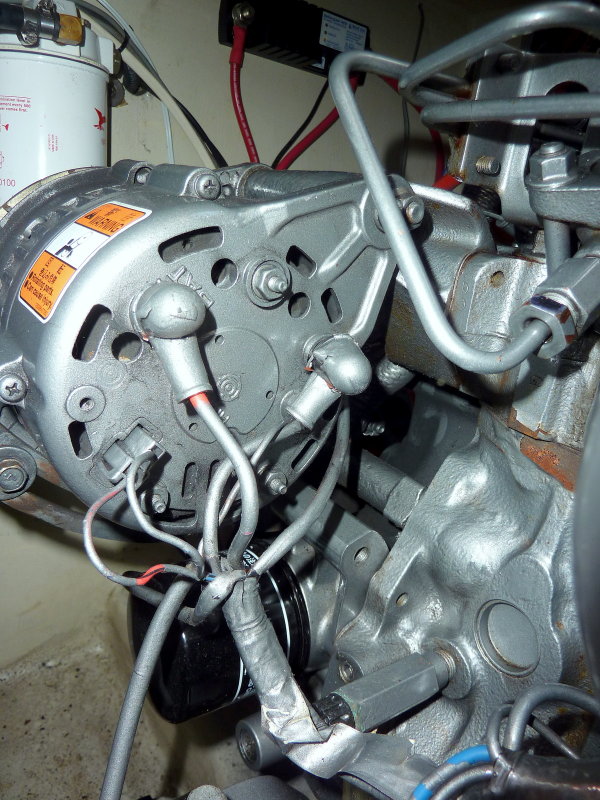Hello Brain Trust!! ....Don't shame me if this is an old joke but......
I may or may not have overmentioned the belts on the Hitachi 60 Amp alternator as I'm hearing a 'fluttering' synonymous with failing bearings. I'm going to the boat tomorrow to investigate the alternator, raw water and cooling water pumps.
So my question is have any of you replaced the Hitachi 60 with an 80, and is it a drop in replacement? I am considering having mine rebuilt and also carrying a spare as I'm heading to the Islands in March and am not averse to carrying a spare...the guy who can service/repair the 60 is offering me an Hitachi 80 amp off the shelf.....
Neil
I may or may not have overmentioned the belts on the Hitachi 60 Amp alternator as I'm hearing a 'fluttering' synonymous with failing bearings. I'm going to the boat tomorrow to investigate the alternator, raw water and cooling water pumps.
So my question is have any of you replaced the Hitachi 60 with an 80, and is it a drop in replacement? I am considering having mine rebuilt and also carrying a spare as I'm heading to the Islands in March and am not averse to carrying a spare...the guy who can service/repair the 60 is offering me an Hitachi 80 amp off the shelf.....
Neil


